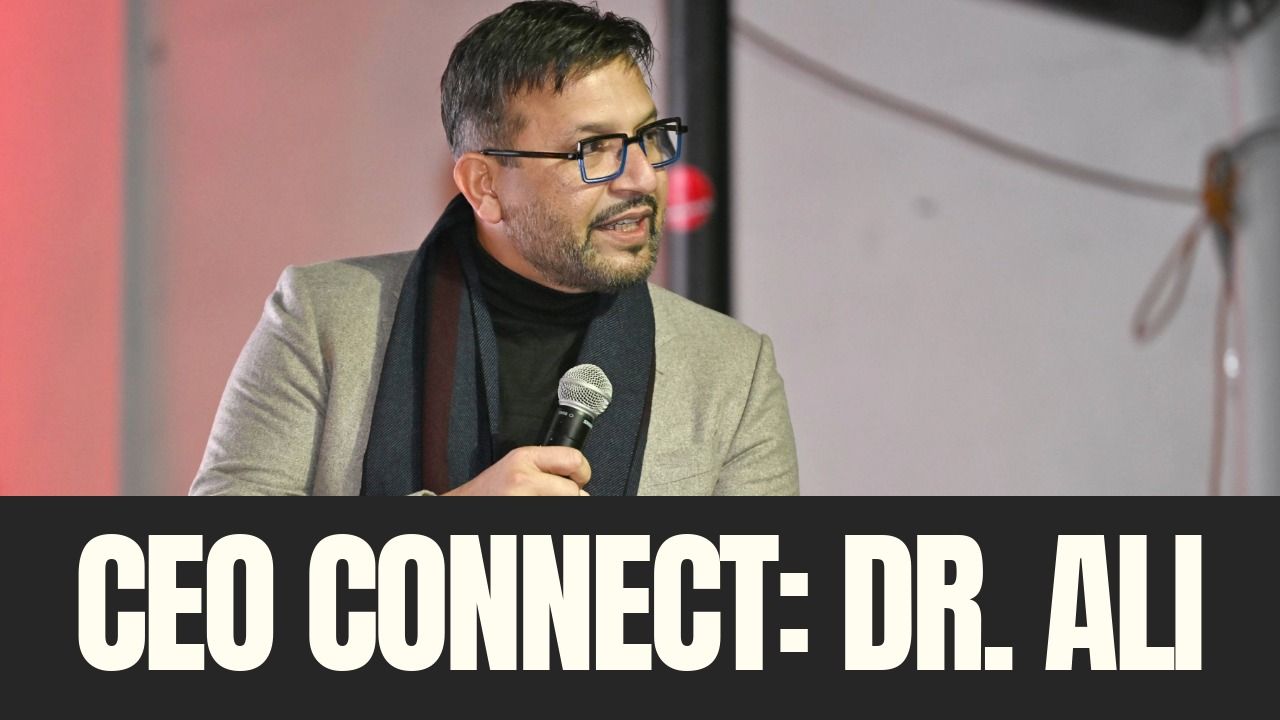We are finally starting to see COVID-19 vaccines being distributed, and they will soon be made available to the general public. Best case scenario, these vaccines will accomplish what they’re made to do and produce antibodies to tackle the virus, in case we come in contact. So what does this mean for our organizations and future ways of working? Do we go back to “normal” or … do something else? This author argues for something else. This is our time to reset.
What is hybrid work?
Hybrid work is the combination of remote and in-person work. There may be more aspects to it than you originally thought, both useful and challenging.
“Challenges of these new models are real but so are the opportunities to reduce real estate costs, supercharge productivity, and engagement, and develop a new level of customer intimacy.” — Boston Consulting Group
Why does it matter?
BCG released survey results indicating that employees, and employers, have little interest in returning to pre-pandemic work models. Simply, we’ve been forced to learn that remote work works. Seventy-five percent of employees surveyed across the globe say they are at least as productive in performing individual tasks as they were before the pandemic. About half report that they are at least as productive on collaborative tasks.
Still, something is missing. A majority of executives think that company culture, tied directly to the strength of their brand, employee happiness and output for customers, will not survive a purely remote model. In-person work is imperative for building relationships and collaborating with team members. Humans are wired for connection. And frankly, some work simply cannot be done remotely for frontline, factory or service workers.
What will change?
There are distinct differences in how hybrid work will affect our ways of working and culture. Having team members both remote and in-person, often on a rotating basis, will change the organization of the workweek, how office space is used and employee engagement.
Leaders can prepare for hybrid work now
We’re in business for two main reasons. One, we saw an opportunity to help others with our skills and, two, to earn a living. Having conversations about, and making plans for, hybrid work sooner rather than later will give you a competitive advantage so you can achieve more. Prepare now for hybrid work in the following ways:
• Define what success looks like. Success, with a hybrid work model, will look different for every organization. Consider these questions as you define what success looks like for you.
– What’s the purpose of sliding the scale from remote work back towards in-person?
– How has productivity changed?
– How did it feel for us and for our customers?
– Was remote work the answer to our prayers or were we burned out?
– How can we move to measure output over measuring hours?
• Ask your people. Understanding we’re making these changes to positively impact our company culture, it’s important to ask the people who work for you what they want and need. This not only gives you a robust list of options but encourages buy-in once you decide to test a new model.
• Prepare for the configuration of shared spaces. Employees may opt to rotate in, and out, of your real estate, or office, spaces. It will satisfy the flexibility that most people have been craving after months at home. What will this look like? And how can we promote trust in safety measures?
• Understand that one-size-fits-all policies are over. Unless work demands employees to be on-premises (bona fide occupational qualification), employees have a right to ask for reasonable accommodations. As a leader, it’s OK to set boundaries about in-person or remote days (example: three days in-person, two days remote), but it’s not OK to force that on anyone who has legitimate needs.
• Manage your expectations. The last few months have been scary, uncomfortable and messy. We must continue to innovate and be intentional about the work we do and how we do it. ♦
Are you moving towards hybrid work? Kim Linton is the owner of 1Light Daring Leadership & Facilitation. She works with individuals, and teams, who want to make work modern, courageous and intentional. She is a certified Dare to Lead facilitator and provides agile, repeatable and profitable solutions for teams. Reach her at [email protected] and see more at weare1light.com.













